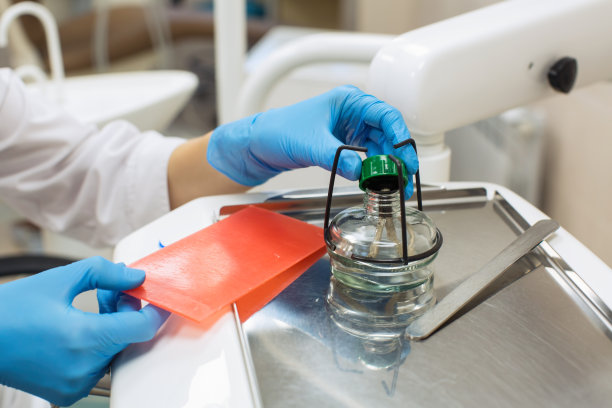Essential Tips and Precautions to Consider Before Undergoing Root Canal Treatment for Optimal Dental Health
Summary: Undergoing root canal treatment can be a significant step towards restoring dental health. This article outlines essential tips and precautions to consider before undergoing this procedure. From understanding the signs that indicate you may need a root canal to knowing what to expect during and after the treatment, we provide a comprehensive guide. Additionally, well explore how preparation can ease anxiety and improve outcomes, as well as the importance of choosing the right dental professional. By following these guidelines, patients can ensure they are making informed decisions for optimal dental health.
1. Understanding the Signs of Need

Identifying the signs that indicate a root canal is necessary is fundamental for maintaining dental health. Common symptoms include persistent tooth pain, especially when chewing or applying pressure. This pain often signifies that the tooths pulp may be inflamed or infected, requiring immediate attention. Another sign is sensitivity to hot or cold temperatures, which can linger long after the stimulus is removed. Recognizing these symptoms early can lead to timely intervention, potentially saving the tooth and preventing further complications.
Other indicators of needing a root canal can include swelling around the affected gum, a recurring pimple on the gums, or darkening of the tooth. These signs suggest that infection may have spread, necessitating an evaluation by a dental professional. Ensuring you are aware of these warning signs can help you seek treatment at the right time, mitigating pain and risk of tooth loss.
Always consult with a dentist if you experience any discomfort or changes in your dental health. Professional diagnosis through X-rays can accurately determine the need for a root canal, keeping your dental health on the right path.
2. Preparing for Your Dental Appointment
Preparation is critical when heading into a root canal procedure. First, ensure you have all necessary medical information ready for your dentist, including any medications you are currently taking. Some medications can affect the procedure, so disclosing this information is essential. Additionally, ask your dentist any questions you might have about the process, which can include details about anesthesia, recovery times, and post-treatment care.
Its also advantageous to arrange for a trusted friend or family member to accompany you. After the procedure, especially if sedation will be used, you may feel disoriented and need assistance returning home. Having someone there can ease your anxiety and provide support during the initial recovery.
Lastly, mentally prepare for the appointment by practicing relaxation techniques. Deep breathing exercises or visualization strategies can help manage anxiety, ensuring you remain calm and focused during the treatment.
3. Selecting the Right Dental Professional
The choice of dental professional can significantly influence the outcome of your root canal treatment. It is essential to look for a dentist or endodontist with specific training and experience in performing root canals. Research online reviews, ask for recommendations, and check credentials to ensure you are in capable hands.
Once you have identified potential candidates, schedule consultations to evaluate their services. During these meetings, ask about their approach to patient care, how they handle patient discomfort, and the technology they use during procedures. A dental professional who is transparent and communicative will likely foster a more positive treatment experience.
Additionally, consider the dental office environment. Cleanliness, friendliness of the staff, and the availability of advanced equipment are crucial indicators of a quality practice. A comforting atmosphere can significantly enhance your overall experience and ease any apprehensions you may have.
4. What to Expect During Recovery
After your root canal treatment, understanding the recovery process is vital for optimal dental health. While some discomfort is normal, most patients report that the pain is manageable with over-the-counter pain relievers. Following your dentist’s post-procedure care instructions can minimize discomfort and promote healing.
It is also important to monitor your symptoms after the treatment. If you experience increased pain, swelling, or fever, contact your dentist immediately, as these may be signs of complications. Staying vigilant and proactive can enhance your healing process and ensure no issues arise.
Lastly, follow up with your dentist for any necessary restorations, such as crowns, to protect the treated tooth. Establishing a schedule for regular dental check-ups will also help maintain the health of your entire dental system, preventing future issues and preserving optimal oral health.
Summary:
In conclusion, undergoing root canal treatment is a crucial step toward restoring dental health, and careful consideration of the outlined tips can significantly enhance the experience. Understanding the signs of needing a root canal, preparing adequately, selecting the right professional, and knowing what to expect during recovery are all essential elements for optimal outcomes.
This article is compiled by Vickong Dental and the content is for reference only.



